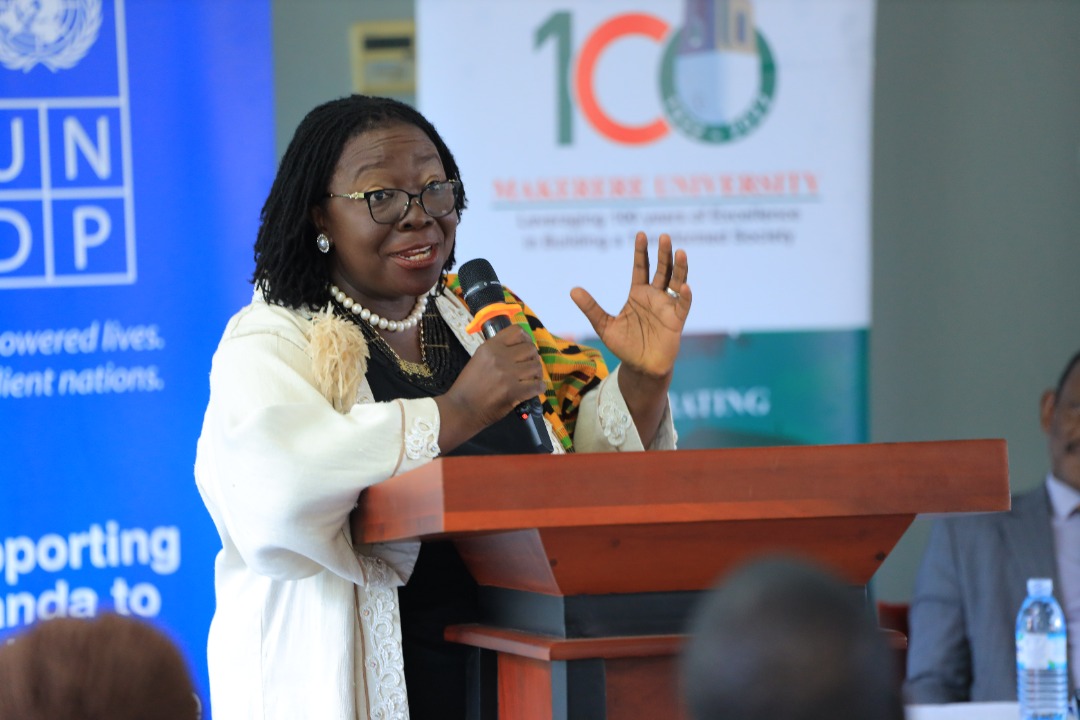
UNDP, Makerere University Partner to Foster Innovation, Entrepreneurship, Gender Equality
Makerere University (Mak) and the United Nations Development Programme (UNDP) Uganda on Tuesday entered a partnership that is aimed at promoting innovation, research, and gender mainstreaming.
The initiatives were announced at a function held at the university and graced by Mak Vice Chancellor Prof. Barnabas Nawangwe, Mak Chancellor Prof. Ezra Suruma, and UNDP Uganda Resident Representative Elsie Attafuah.
The projects will be implemented through different structures. For instance, through UNDP’s Timbuktoo initiative, which is aimed at raising US$1 billion to finance innovations run by youth in Africa, UNDP will establish Makerere University Innovation Pod to provide multiple platforms for innovation collaboration, including a design lab, a working space and a technology transfer office.
“The Innovation Pod/Hub will bring students, academia, and partners together from all fields of study to work on solving specific development challenges,” said Attafuah, according to a press release.
Timbuktoo wants to roll out 1,000 high-growth startup enterprises at scale across the continent, directly and indirectly improving 50 million livelihoods in Africa, and creating value of up to US $10 billion over the next 10 years.
According to the release, $500,000 (about Shs1.9 billion) will be injected into this initiative that will focus on agro-tech, digital solutions, smart cities, electronics, renewable energy, and creatives.
UNDP will also support Policy Labs at Makerere University to design the National Roadmap for implementation of the Parish Development Model (PDM).
For this, UNDP will spend $300,000 (about Shs1.14 billion).
President Yoweri Museveni launched the PDM in February in Kibuku District and the government eyes reducing poverty by moving the 39% of households (about 16.1 million Ugandans) under the subsistence sector into the money economy.
“This Policy Lab will identify key stakeholders required to inform the design of the National Roadmap for implementation of the PDM,” said the UNDP resident representative, “it will follow a structured and intensive process to develop an innovative and workable National Roadmap, and it will deliver a detailed PDM Implementation Roadmap to enable impactful implementation of the PDM.”
Makerere is undertaking lots of projects ahead of its centenary celebration and UNDP has come in to support a three-day Youth Innovation Expo to showcase innovations from students and alumni.
UNDP, which in 2020 launched a youth initiative called the Youth4Business Innovation and Entrepreneurship Facility, will also have beneficiaries showcase their products at the expo.
The Facility, which was launched in August of that year by President Museveni, provides a set of instruments to promote impact-driven businesses and engage enterprises in tackling youth unemployment and creating jobs.
It is also accelerating recovery from the impacts of the COVID-19 pandemic by leveraging the power of innovation.
“Since its launch two years ago, the Youth4Business Facility has invested close to $4 million USD in 50 youth-owned small and medium enterprises (SMEs), as well as 7,000 micro businesses in sectors of agriculture, agribusiness, tourism, mining, renewable energy, manufacturing, ICT, creative arts and health. This initiative is expected to create at least 20,000 new decent jobs for Uganda’s youth, provide skilling for 50,000 youth, and have a multiplier effect through the creation of over 100,000 indirect jobs,” reads the release.
“We are excited to use this joint Youth Innovation Expo to showcase not only the Youth4Business Facility but several other unique youth innovations that are positioning young people at the heart of Uganda’s development revolution.”
The two entities are also going to launch a National Resilience Think Tank and Research Agenda to develop research papers that will inform decision-making and influence policy actions toward Uganda’s resilience strengthening.
UNDP was already working with the government to support several capacity-building projects in the Disaster Risk Reduction and Management sector, for instance, the establishment of the National Emergency Coordination and Operations Centre (NECOC) in 2014.
NECOC, which was originally envisaged to be a 24-hour hub to provide timely and early warning information on disasters, climate modeling, and forecasting, and to help coordinate emergency response, needs augmentation.
“In recent years though, we have experienced some challenges including a lack of evidence-based and robust knowledge management system to inform decision making,” said Attafuah.
“Through this National Resilience Think Tank and Research Agenda, we will address the existing knowledge gaps and transform and position NECOC as a more integrated and robust system to confront a wider range of disaster risks, including epidemics and pandemics.”
Under the gender equality agenda, Mak and UNDP want to further reinforce the accountability system for the sustainability and acceleration of the gender equality agenda in public institutions.
The UNDP Gender Equality Seal (GES), which establishes minimum acceptable quality standards and provides a clear and detailed framework for gender mainstreaming, has already proven very successful within Uganda’s private sector, with over 90 private sector institutions being certified, said the UNDP representative.
Under this initiative, a number of activities will be conducted including tailored training for technical teams, self-assessment to identify gaps and strengths in gender, and development and implementation of a Plan of Action based on findings.
Links
- 230 views





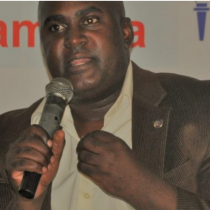
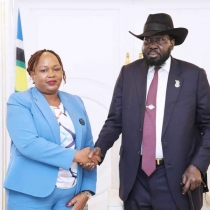


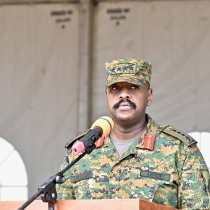
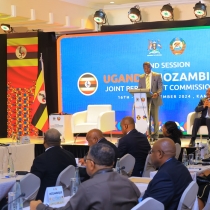
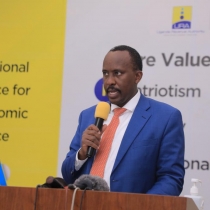

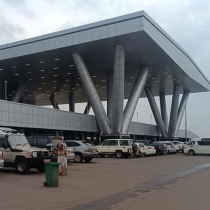
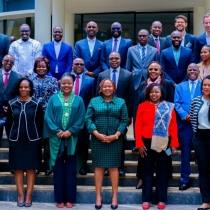







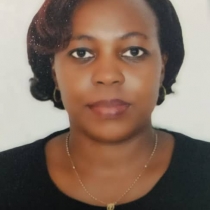


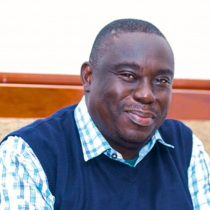


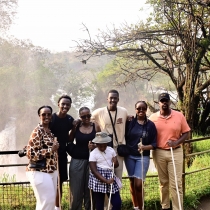


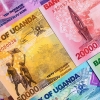

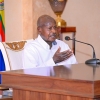






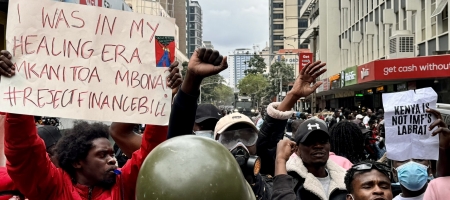


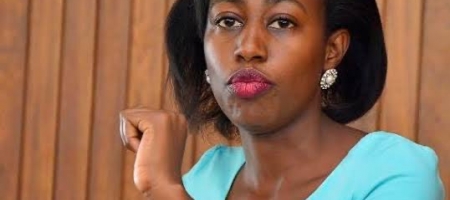

Join the conversation